Smart Mining Operations - Enhancing Productivity Of Mines
Surface mining, which employs a variety of processes, is the most frequent method for extracting non-fuel minerals, accounting for 97 percent of total production. Surface extraction is used by miners for minerals that are close to the surface. On the surface, there are three major ways to mine. Quarrying, open-pit mining, and strip mining are examples of these methods.
Miners may cut blocks of hard stone for decorative reasons, such as granite for construction, in quarrying. Quarrying, on the other hand, can refer to the extraction of gravel, crushed stone, and sand utilising procedures comparable to open-pit mining.
Open-pit mining entails digging a big hole in the ground and extracting the required material from it. Miners may use this approach to recover silver from the soil. Underground silver mining is the other method. The initial stage in building an open pit is sometimes demolishing a hilltop with explosives to reveal the rocky materials beneath. For this process, rotary drills are used to create the holes that will be used to insert the explosives.
Strip mining is the third sort of surface mining, and it involves extracting thin layers of coal from near the surface. Strip mining is included here to fill out the three types of surface mining utilised around the world.
Mining operations are now more productive and efficient because of automated mining equipment and technologies. Mining is, by definition, a dangerous and hazardous activity. Mining activities are risky due to a lack of working space, bad illumination, the accumulation of hazardous waste and poisonous gases, dust particles from metals, nonmetals, and toxic compounds, radioactive materials, insufficient air supply, the use of explosives, and unstable roofs. Workers' exposure to risky subsurface and surface activities can be reduced with the use of artificial intelligence, machine learning, and autonomous technology. Machines can monitor the environment automatically, issue signs and alerts, discover trouble regions, and work indefinitely even in dangerous conditions.
It's hard to condense the entire list of resources that can be required for mining in a short amount of time. Because the type of mine and raw material, the location of the site, the volume of the operation, the presence of possible risks, and other considerations all play a role, each mine is distinct in some way. Certain considerations, however, are similar to many mining ventures. From environmental protection to compensating employees, adequate finance is required. Because of this high level of financial commitment, mine owners are usually more interested in cash flow generation and improvement methods. A diverse range of equipment is also required, ranging from subterranean mining equipment such as mining loaders to heavy-duty vehicles on the surface.
From the creation of the mine to the reliable and safe extraction of the raw material within, mining operations rely heavily on technology and machinery. They play an important role in mining, whether it's gold mining equipment, rock extraction tools, or a variety of other heavy machinery. The following are some examples of common mining equipment:
- Crushers are machines that take huge boulders and crush them into smaller rocks or dust.
- Wheel loaders: These tools play an important function at the mine's face, digging through the material and safely lifting and transporting it.
- Drill rigs are machines that are used to drill holes in the ground. Drill rigs are a versatile piece of heavy gear that may be utilised both below and on the surface for tasks such as rock excavation. This is only one of the many different types of mine drilling equipment available.
- Dozers: Bulldozers' mobility, power, and persistence enable them to perform a wide range of tasks in the mining industry. Smaller dozers are easier to manage underground, whereas larger dozers are better suited to heavy-duty surface mining.
- Haul trucks: Haul trucks are built on a size that allows for high-volume operations in mines. They have the same functionality as a dump truck. These off-highway vehicles are large enough to transport significant volumes of mined raw material, as well as excavated rock and dirt.
How Technology Is Playing Its Roll In Mining Operations?
Some complicated orebodies across the world demand genuinely "human-less" operations to allow for the safe and efficient extraction of ore in particular mining zones. The term "zero entry mining" refers to the fact that no humans are required to enter the mining zone. Zero-entry mining has the ability to greatly increase the value of marginal or unrecoverable ore deposits while also converting large amounts of mineral resources into ore reserves. Australia is now leading the push in the development and deployment of autonomous mining systems and is already experiencing productivity and safety gains.
Currently, autonomous solutions are deployed in segments of the value chain such as trucks and drills, and they were developed using OEM proprietary methodologies at first. The introduction of industrial manslaughter legislation in Queensland and other jurisdictions would hasten the deployment of autonomous mining technology and, eventually, zero-entry mining systems, which will reduce the number of individuals exposed to dangers.
A digital mine is a computer simulation of an actual mine that contains all mining-related gear and equipment as well as production processes. The network is made up of models, processes, and tools that support the whole manufacturing process. Continuous and consistent data management, production management, and the subsequent implementation of engineering processes and tools are all advantages of a digital mine. To establish a new Industry 4.0 approach to mining, the emerging digital mine blends artificial intelligence, machine learning, and autonomous technology. The demand for ongoing improvement in safety, productivity, and efficiency will drive the use of these digital technologies. Mining automation has made significant progress, and the trend is projected to continue in 2022.
The Internet of Things (IoT), a new network technology based on the convergence of wireless technologies, microelectromechanical systems (MEMS), and the Internet, has the potential to revolutionise the mining industry by introducing new approaches to maintain mine safety and production.
The technology involves using radio frequency identification devices (RFID) and sensor technologies to create unique identifiers for machines, fleets, and people, allowing them to automatically transfer and receive data over a network without requiring human-to-human or human-to-computer interaction. The IoT platform can improve not only the traceability and visibility of the entire mining operation, but it can also allow computers to observe, identify, and understand different aspects of mining operations without the need for human intervention, as well as automate and improve machine maintenance and operation.
Automatic Drilling: Surface drilling operations can be safer and more efficient with the use of automated and tele-operated drilling technologies. A tele-operated drilling system consists of a user-friendly operator station that can be installed on a variety of mobile platforms that are connected to the drilling rig's wireless network. The technique allows the operator to drill from a safe distance without having to enter dangerous locations. With the use of a remote-controlled pan/tilt/zoom camera for drilling, rod-handling, and tramming controls transmitting real-time images, real-time video and data communication, including all drilling controls and equipment status, is displayed continuously on a graphical screen installed at the operator centre.
A system for digging shafts and tunnels that is both efficient and effective: As open pit mines reach the end of their useful lives and new mineral deposits are discovered deep underground, mining is becoming increasingly underground. Constructing underground mines with traditional shaft and tunnel boring machines, on the other hand, has proven to be technically difficult, expensive, and time-consuming.
Autonomous Haulage: Autonomous haulage systems have been in use to varied degrees for the past five years, and they are progressively gaining popularity as companies invest more time and attention in their development.
For the past few years, autonomous vehicles have been present in mines, with Cat, Komatsu, and Hitachi all delivering automated solutions to their customers. The next stage further automates the process. Mines that are manned with driverless trains, trucks, and other robotic assistants like "Julius," a shopping-cart-sized robot capable of evaluating ore samples, are referred to as "intelligent mines."
In the mining environment, reliable communication is essential.
The success of automated haulage systems will rely heavily on reliable communication. Automated mining trucks can interact with the integrated remote operations centre (IROC) in a variety of ways to gather data from neighbours, regulate telemetry, and check component health and safety. The IROC can steer and supervise vehicles via a secure communication connection, allowing mining activities to be tracked. Communication technology advancements would be beneficial to mining operations, as communication technology has become a need for day-to-day operations. Wi-Fi technology will continue to be an important aspect of mining operations, and wireless networks will provide new economic options, such as lower-cost installations.
In a mining context, wireless sensor networks and their capacity will increase safety and availability, yet they may have limitations that limit their applicability to select locations that demand a high data rate and close proximity. Private LTE will be a feasible option for providing reliable connection while avoiding the limits. New industrial wireless communications systems, such as 4.9G/LTE and 5G, will also play a crucial role in supporting these digital technologies, and are changing the way mining perceives digital communications' strategic relevance.
With Industry 4.0, security issues have grown and evolved, as new technologies have introduced new security risks to the mining industry. The convergence of these technologies has created a gap for new attack surfaces, such as when unlicensed wireless communication was applied to mining activities, current hazards and challenges of the underlying technology were transferred to the mining ecosystem, and new attacks on-field equipment such as automated mining trucks were introduced. Cyber-physical systems (CPS) are dense heterogeneous systems that connect a pool of computer nodes to a variety of sensors and actuators. CPS networks, such as automated mining vehicles, are vulnerable to attacks that target communications, storage, actuators, computational nodes, and perceiving sensors.
Natural resource depletion is a constraint
Miners would have to extract from deeper and more remote mines due to the fast depletion of natural resources throughout the planet. According to World Counts, 13,047,408,900 tonnes of resources have been removed from the Earth to date, and this quantity is continuously growing by the minute. Every year, the Earth yields 90 billion tonnes of fossil fuels, biomass, minerals, and metals. However, as the world's population grows, so does the number of customers, posing a significant challenge for mining companies to boost production.
Underground mining presents a unique set of technological obstacles. As a mine's depth climbs, so does its energy usage. As the temperature rises, so does the need for additional air ventilation. Maintaining a comfortable working temperature necessitates more energy. Furthermore, as the mine progresses deeper, the risk of rock bursts increases, causing damage to the tunnels that serve as access and departure sites for the ore.
Increased need for digitization is expected to increase the linked mining industry.
In this modern era, the mining sector is quickly adopting digitalized solutions. In this competitive period, mining businesses are increasingly using IoT, AI, and cloud technologies in order to survive and reach high productivity targets. Growing investment in IT infrastructure, virtual sensors, and AI tools is expanding this market's prospects. Mine operators may use digital solutions from a variety of organisations to track asset health, get real-time information, and plan maintenance in both surface and underground mining. New Industry 4.0 trends are accelerating the adoption of technologies such as cloud computing, IoT, cybersecurity, big data, autonomous robots, additive manufacturing, and augmented reality to support mining operations' digital transformation.
The digital transformation of mines is all about connecting every asset, piece of equipment, and employee, as well as improving communication amongst mine operators, resulting in a longer asset life cycle by assessing asset health more regularly.
Shortage of trained employees is a problem.
The mining industry's biggest problem is a scarcity of competent personnel. Silver Lake Resources modified their approach in June 2021, according to Australian Mining, owing to a lack of competent labour at the Mount Monger gold mine. This problem has lowered production and raised total costs. Especially during the epidemic, mining businesses struggled and fought for experienced workers. Experts are needed by mine operators to handle the transfer of massive volumes of essential data from remote locations. In this industry, companies are concentrating on acquiring qualified people with the best skills to idealise, design, and invent concrete solutions. Skilled personnel capable of designing and applying the instruments required for improved return and increased production is a requirement of today's mining business. In the mining business, the rising usage of digital, automotive solutions is generating a skill gap in the current worker pool. Because mine employees are projected to be replaced by automated equipment in the next years, automation is also offering new career possibilities for those with a certain set of abilities.
Growth Driver, Mining 4.0 initiatives in industries, paving the way for connecting mining
The use of Mining 4.0 to alter the mining process is becoming more common. Various technological developments have been made in the last few decades to address the challenges faced by the mining industries since the 17th century, such as mine worker safety, equipment sustainability, and onsite and underground decision-making, and today mining companies are heavily investing in implementing Mining 4.0 solutions. Mining 4.0, which uses big data, IoT, 5G, cloud, and AI technologies to integrate operations in the mining sector, is enabled by Industry 4.0. Mining businesses use the Software Development Lifecycle (SDLC) process to integrate systems and assets such as the production unit, grinding, exploration plant, mine operators, back-office team, and ERP to apply Industry 4.0 approaches.
Mining Industry India
As part of its strategic aim to increase local mining and minimise reliance on imports, the government has opened up mining of a new set of minerals. Due to the impact of the Russian-Ukraine war on resource imports, India proposes to raise fertiliser and food subsidy allocations.
The Mines and Minerals Development and Regulation Act 1957 was amended by the Cabinet. Glauconite, potash, emerald, the platinum group of metals (PGM), andalusite, sillimanite, and molybdenum are among the minerals whose royalty rates are specified. The royalty rates for andalusite, sillimanite, and kyanite are all the same. For the first time in India, the modification to the Act would result in the auction of these mineral blocks, which is expected to create possibilities for the mining and manufacturing industries. It will also help farmers by reducing imports of potash fertilisers and other minerals, as well as ensuring mineral supply for downstream businesses.
In the steel and alumina industries, India has a competitive advantage in terms of production and conversion costs. Its strategic location allows for the development of export potential as well as fast-growing Asian markets.
There are 1,531 active mines in India. Iron ore, bauxite, chromium, manganese ore, baryte, rare earth, and mineral salts are all abundant in the country. 95 minerals, 4 fuel-related minerals, 10 metallic minerals, 23 non-metallic minerals, 3 atomic minerals, and 55 minor minerals are produced in the country (including building and other minerals).
Growth is being fueled by an increase in infrastructural construction and automobile manufacture. The power and cement sectors are also contributing to the sector's growth. Given the excellent development prospects for the residential and commercial construction industries, demand for iron and steel is expected to continue. Due to reforms such as the Make in India Campaign, Smart Cities, Rural Electrification, and a focus on building renewable energy projects under the National Electricity Policy, as well as increased infrastructure development, India's metals and mining sector is expected to undergo significant changes in the coming years.
In FY21, the country produced 715.95 million tonnes (MT) of coal. India produced 379.597 million tonnes of coal between April 2021 and October 2021. (MT). Also, the country has produced 189 million tonnes of iron ore in FY 2021. According to the Directorate General of Commercial Intelligence & Statistics, iron ore exports in FY22 (through August 2021) totaled US$ 2.23 billion, up 21.8 percent year on year.
India has a total of 914 steel factories manufacturing crude steel in FY20. In FY21, India produced 102.49 million tonnes of crude steel. According to worldsteel, India's crude steel output increased 46.9% year on year to 9.2 million tonnes in May 2021, up from 5.8 million tonnes in May 2020. India's steel production is expected to expand by 18% by FY22, reaching 120 million tonnes (MT). In FY21, India produced 102.49 million tonnes (MT) of crude steel, down from 9.5 MT in September 2021. SAIL produced 1.55 MT of hot metal, 1.44 MT of crude steel, and 1.46 MT of saleable steel in September 2021, respectively.
JSW Steel said in November 2021 that crude steel production increased by 6% year over year to 1.42 million tonnes in October 2021. AMNS India announced in November 2021 that it intends to develop specialty steel under the production-linked incentive (PLI) scheme. In September 2021, the R&D Centre of the National Mineral Development Corporation Ltd. (NMDC) joined up with the CSIR-IMMT (Institute of Minerals and Materials Technology) to conduct joint iron ore mining research initiatives. Vedanta Limited intends to invest $20 billion across its operations, including an expansion in silver production and steel capacity.
There is a lot of room for increased mining capacity in iron ore, bauxite, and coal, as well as a lot of room for future sub-surface deposit finds. Steel, zinc, and aluminium manufacturers continue to benefit from infrastructure initiatives. The real estate industry relies heavily on iron and steel. Given the excellent development prospects for the residential and commercial construction industries, demand for these metals is expected to continue.
During the projected period, APAC is predicted to expand at the fastest rate. China, India, Indonesia, Papua New Guinea (PNG), and the Philippines are likely to lead the industry in the Asia Pacific region, with China being the most promising participant in smart mining efforts. Because of the country's growing need for minerals, India may be deemed the next high-potential option for the leading worldwide linked mining industry suppliers. Following India's ambitious goal of adding USD 210 billion to the country's GDP from the mining and mineral industries by 2050, new investments will drive the Indian market. Investment projects are driving the region's development in industrial capacity.



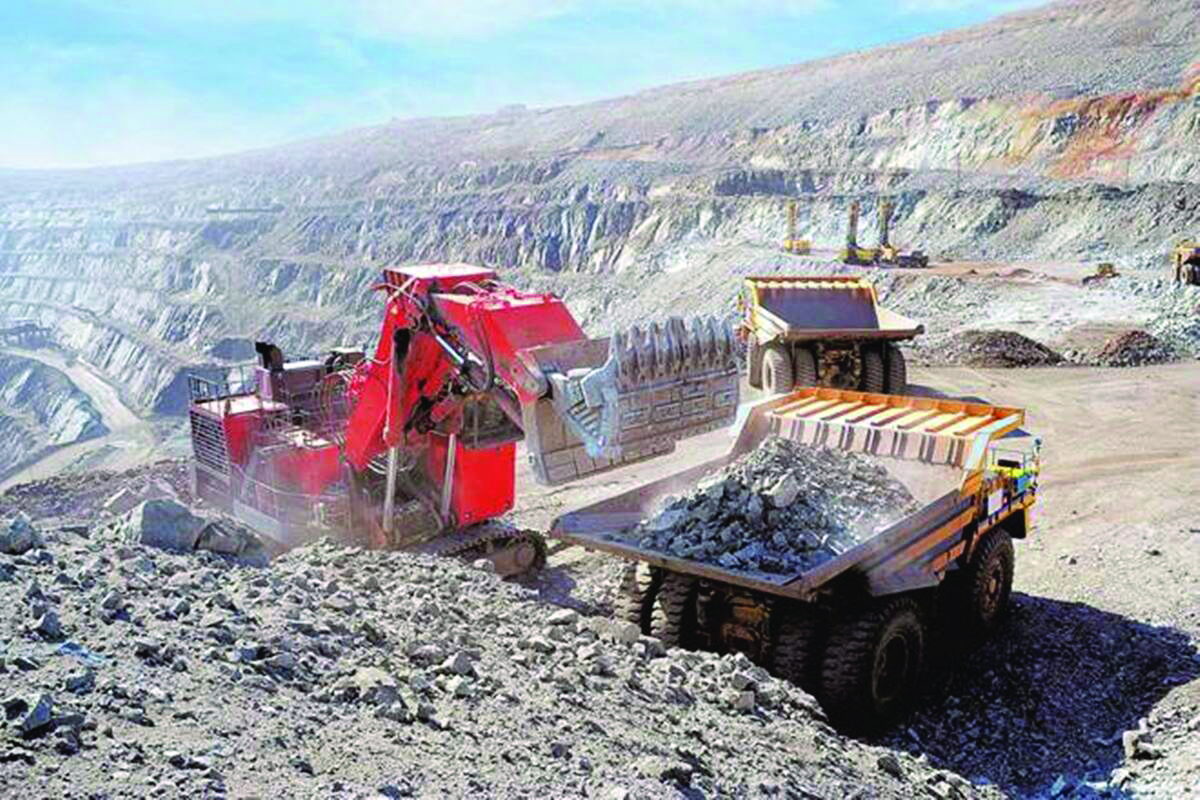


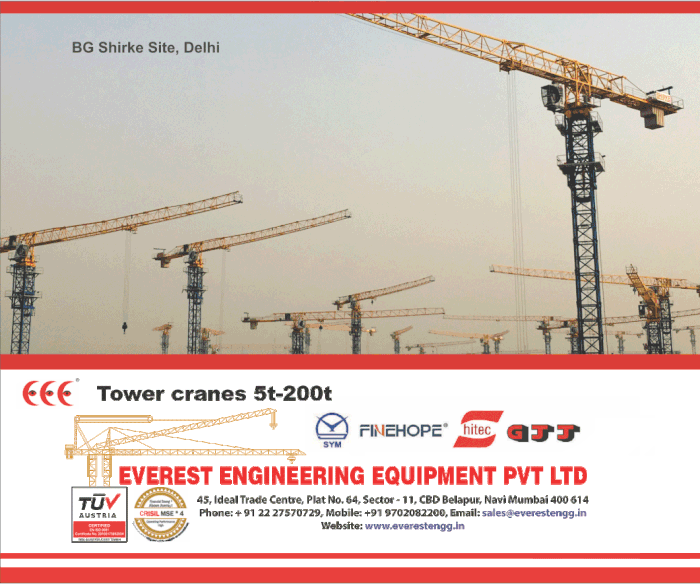

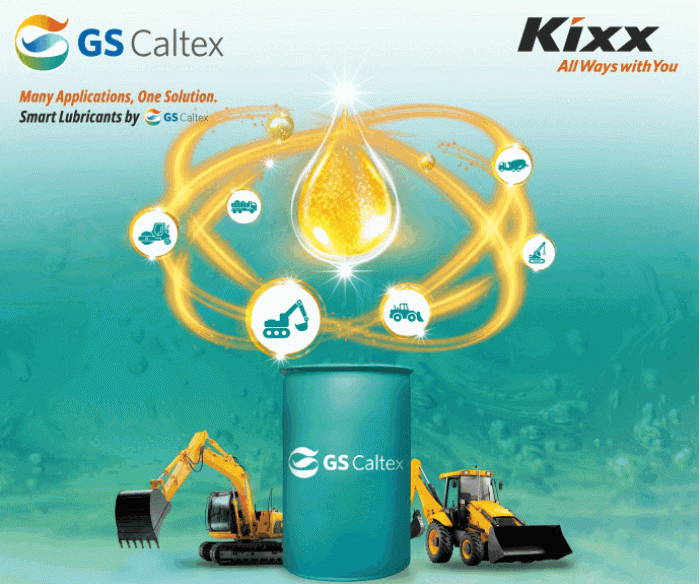
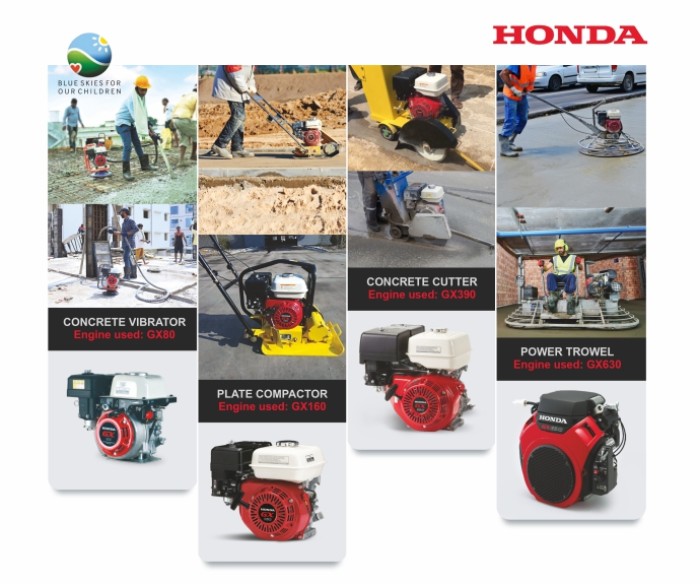
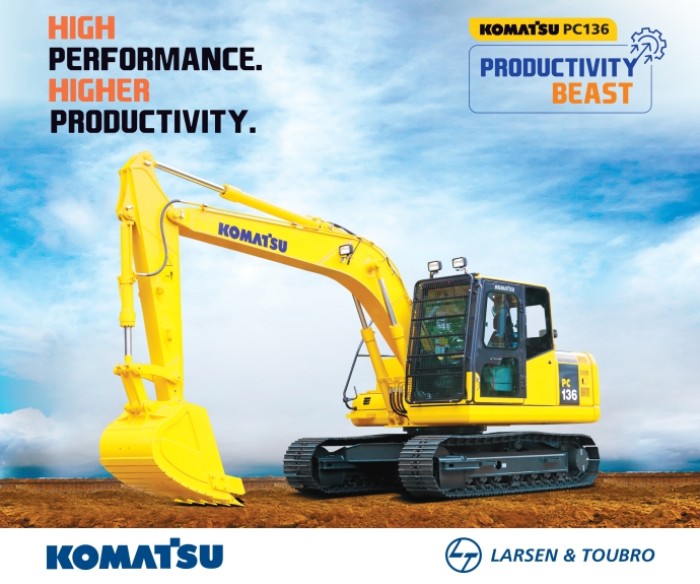

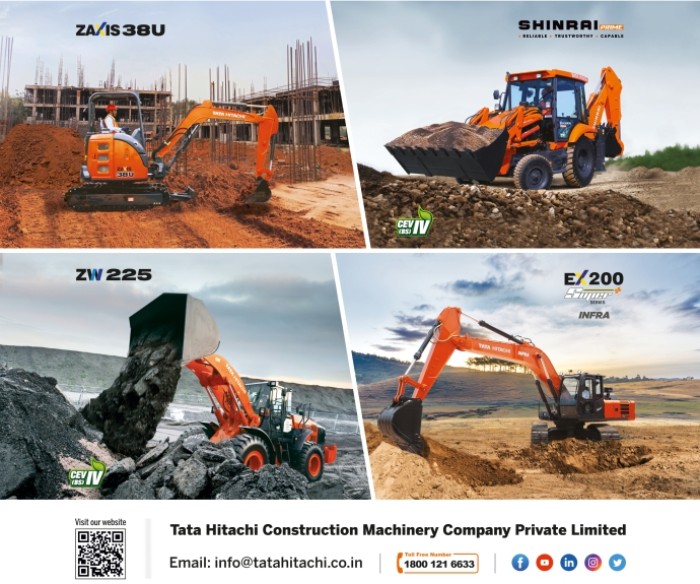



Leave a comment